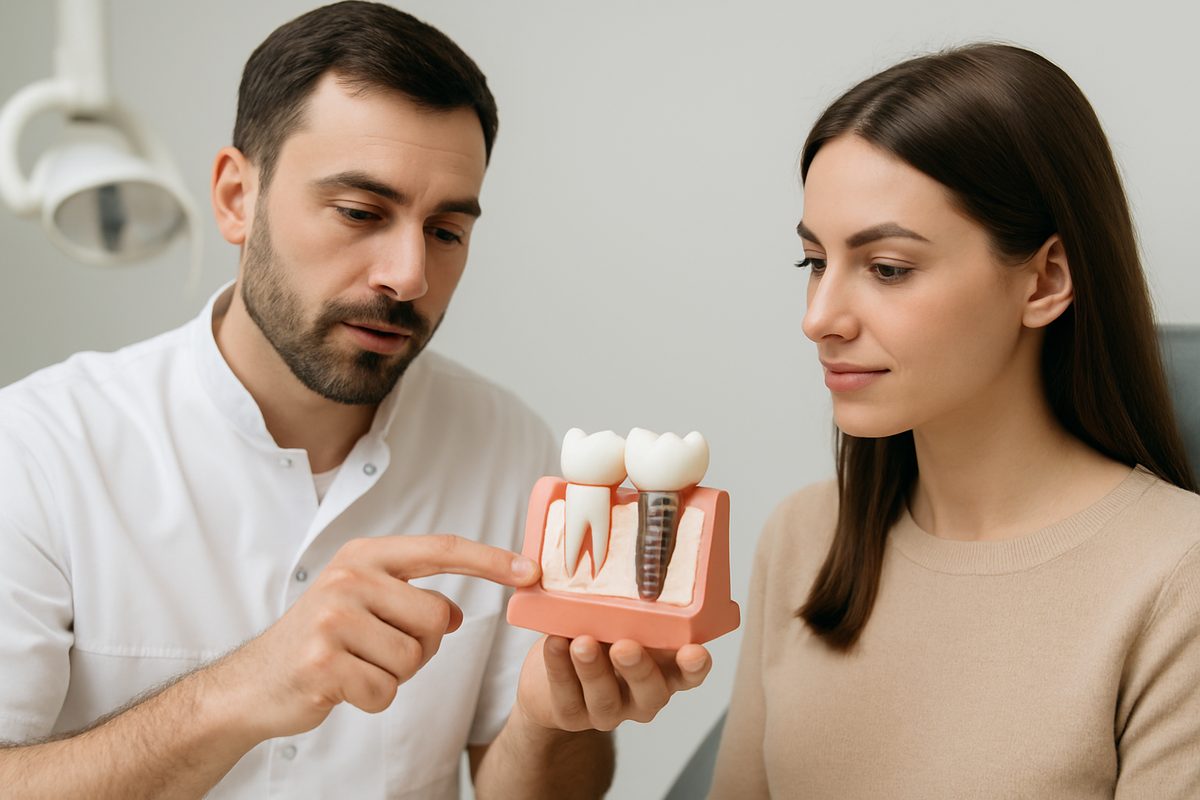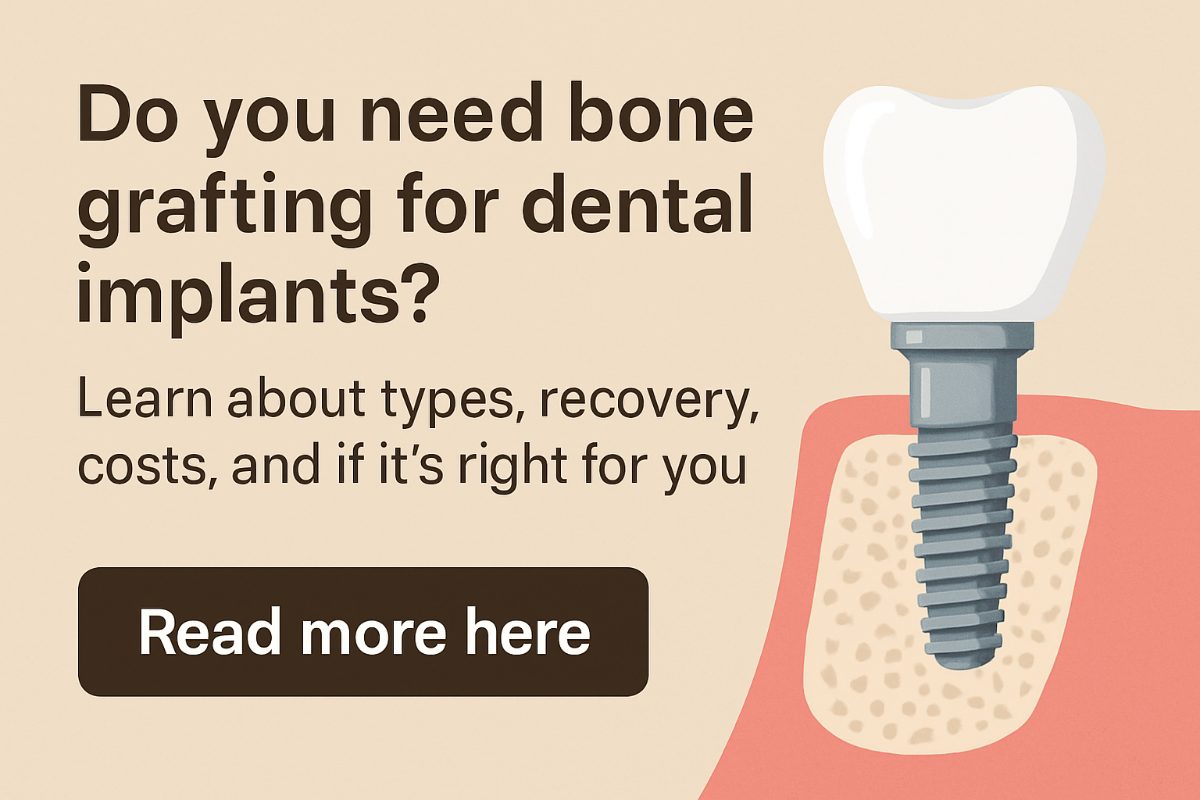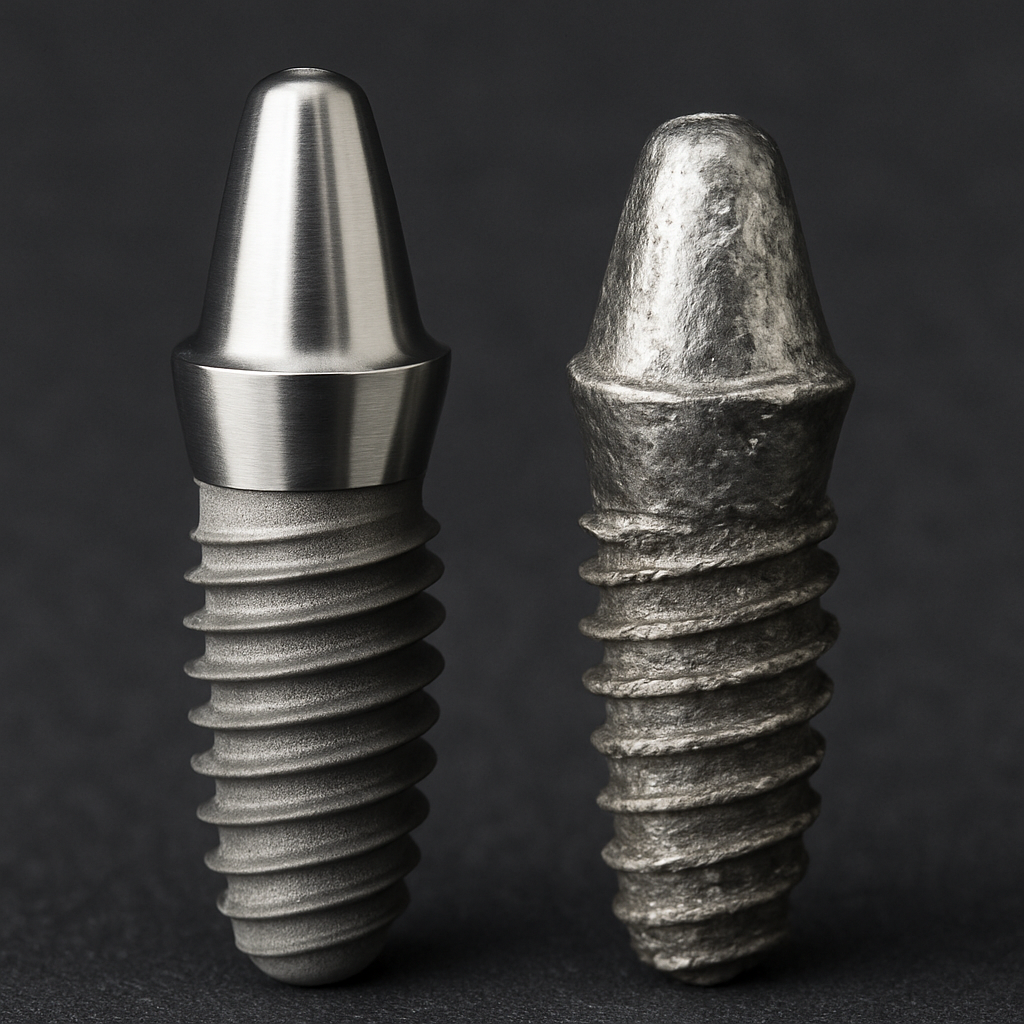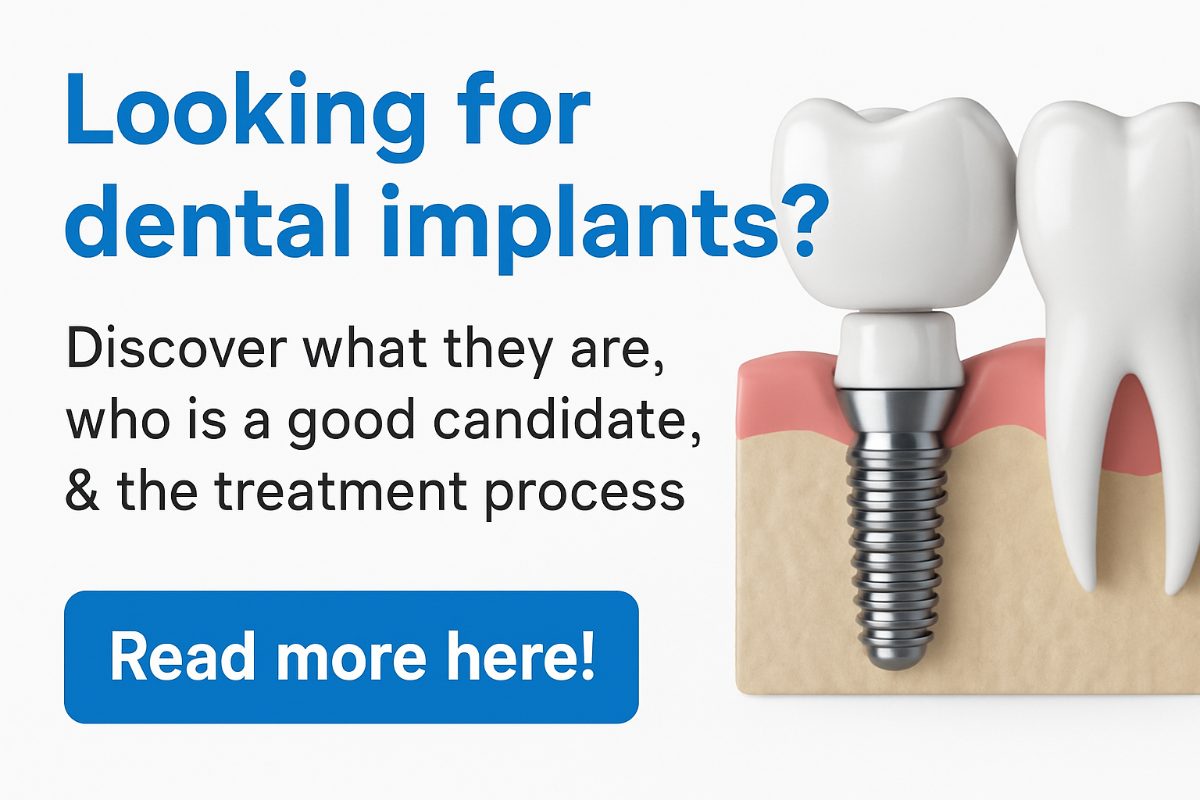Dental Blog - Concord, NC
Tips, Facts, And The
Latest In Dentistry

Tooth Extraction & Replacement: A Guide To Dental Implants

Tooth removal and replacement in Concord, NC can feel scary, but knowing your options makes it easier. This guide explains tooth extraction and replacement in Concord, NC and gives clear, practical steps for what to expect, how replacements work, and how to recover. Read on for simple explanations of extractions, implant timelines, costs, and how to take the next step.
When is tooth extraction and replacement necessary?
Common reasons for removing a tooth include decay that can’t be fixed, a deep infection, a cracked or fractured tooth, severe crowding, or failure of past dental work. Often extraction is the first step so a dentist can plan a stable replacement. Removing a badly damaged tooth can protect nearby teeth and keep the jawbone healthier until a replacement is placed.
What to expect during a tooth extraction
Types of extractions
A simple extraction is done when a tooth is visible and can be removed with forceps. A surgical extraction is used when the tooth is broken or below the gum line; it may need small incisions or bone removal. Your dentist will choose the least invasive option that is safe for you.
Pain control and sedation
Most extractions use local anesthesia so you won’t feel pain in the area. If you’re anxious or having a surgical extraction, options include oral sedatives, nitrous oxide, or IV sedation. After the procedure you may feel pressure or mild soreness as the anesthesia wears off.
Immediate aftercare
– Bite gently on gauze for 30–60 minutes to form a clot. – Avoid rinsing vigorously, using straws, or smoking for 48 hours. – Use over-the-counter or prescribed pain medicine as directed. – Watch for heavy bleeding, fever, or severe pain — call your dentist if these occur.
Replacement options after extraction
Replacing a tooth soon helps maintain chewing, speech, and prevent nearby teeth from shifting. You can choose temporary or permanent fixes depending on health, budget, and timing.
Dental implants (single tooth)
A dental implant is a titanium post placed into the jawbone with a crown on top. It looks and works like a natural tooth and can last many years with good care. Implants protect the bone and nearby teeth better than many other options.
All‑On‑X / full‑arch implant solutions
All‑On‑X / full‑arch implant solutions uses a few implants to support a full set of fixed teeth. It’s a strong, long-term solution for people who need a whole upper or lower arch replaced. Compared with removable dentures, it often offers better chewing ability and comfort.
Bridges and removable dentures
Bridges and removable dentures often cost less up front and can be made quickly. Bridges may affect adjacent teeth because they rely on them for support. Removable dentures need periodic adjustments and don’t prevent bone loss like implants do.
The typical implant timeline after extraction
Some implants are placed immediately at the time of extraction; others are delayed to allow the socket to heal. If bone grafting is needed, healing can add weeks to months. Typical stages: socket healing (4–12 weeks), implant placement, implant integration with bone (3–6 months), then final crown or fixed teeth. Your dentist will give a timeline based on your case.
Costs, insurance, and recovery for tooth extraction and replacement
Costs vary by number of teeth, need for grafts or sedation, and type of restoration. Insurance may cover extraction and part of a bridge or denture; implant coverage is often partial or limited. Recovery after extraction is usually a few days of soreness, with complete healing over weeks. Follow aftercare instructions and keep follow-up visits to ensure smooth healing.
Why choose Rogers Clark & Associates for tooth extraction and replacement
Rogers Clark & Associates in Concord, NC offers general and implant dentistry, including All‑On‑X solutions. The team emphasizes patient-first care, clear treatment plans, weekend emergency access, and direct doctor contact when needed. They use modern technology and focus on durable, natural-looking results.
Next steps: how to get started
Schedule a consultation to review options and timelines. Bring a list of current medications, your insurance information, and any prior x-rays if available. The team will review your health history, explain choices, and make a personalized plan for extraction and replacement. Call to set up a visit and get a clear plan for restoring your smile.




